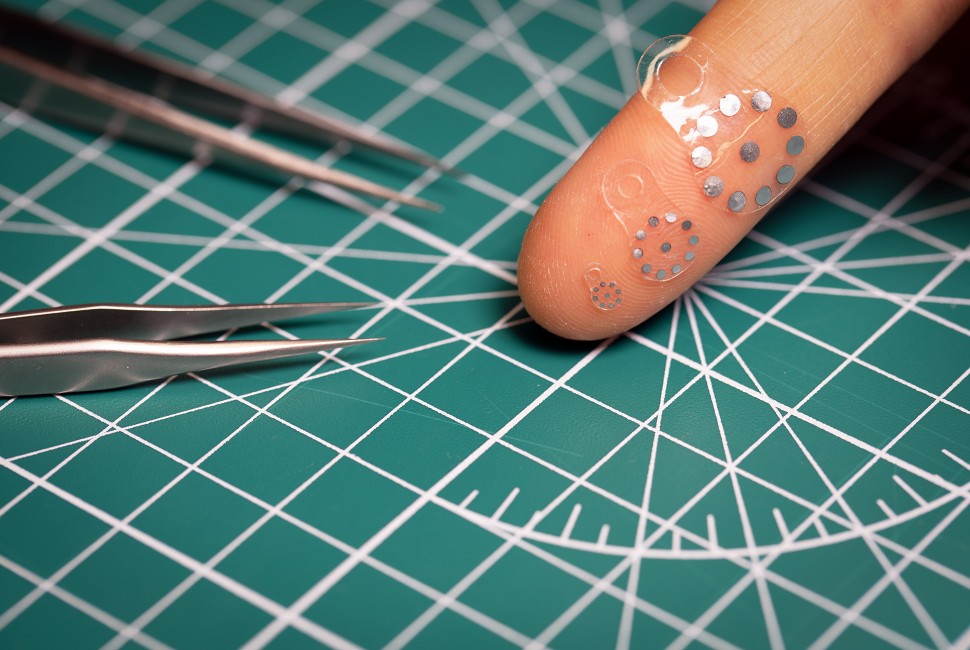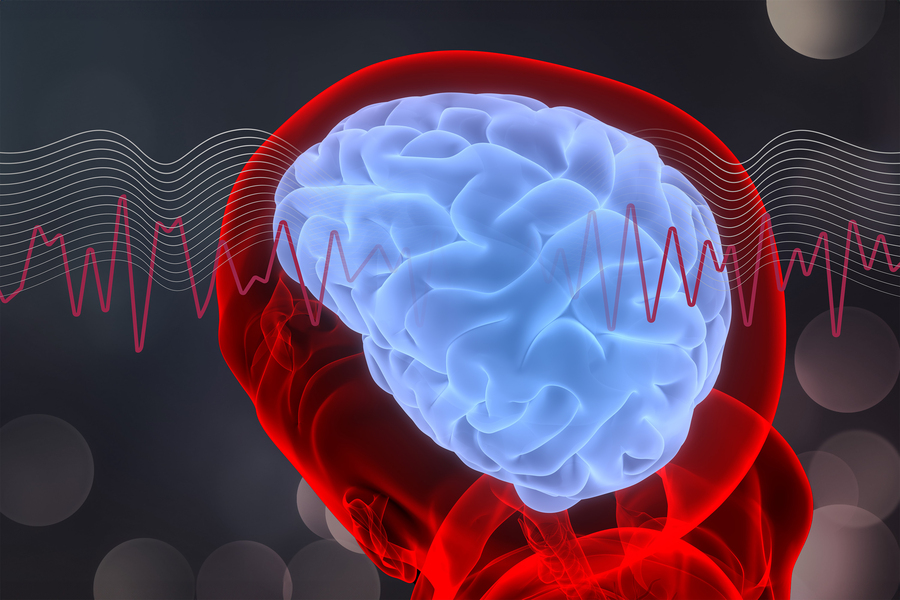2024-03-07 ノースウェスタン大学

Three variations of the soft, flexible ultrasound sticker device displayed on a finger. Image by Jiaqi Liu
<関連情報>
- https://news.northwestern.edu/stories/2024/03/shape-shifting-ultrasound-stickers-detect-post-surgical-complications/
- https://www.science.org/doi/10.1126/science.adk9880
深部組織のホメオスタシスを超音波でモニタリングするための生体吸収性形状適応構造体 Bioresorbable shape-adaptive structures for ultrasonic monitoring of deep-tissue homeostasis
JIAQI LIU, NAIJIA LIU, YAMENG XU, MINGZHENG WU, […], AND JOHN A. ROGERS
Science Published: 7 Mar 2024
DOI:https://doi.org/10.1126/science.adk9880
Editor’s summary
Postoperative gastrointestinal leaks can be fatal if diagnosed too late, and they occur at high rates 3 to 7 days after surgery. This complication requires constant monitoring, but early detection is still a challenge. Liu et al. describe a class of bioresorbable pH-responsive materials for real-time ultrasound measurement of pH changes that can be used for early assessment of leaks from a surgical join after gastrointestinal surgery (see the Perspective by Sharma and Lee). Devices were tested in two animal models, including pigs, which have gastrointestinal tracts that are similar in dimension to those of humans. —Marc S. Lavine
Abstract
Monitoring homeostasis is an essential aspect of obtaining pathophysiological insights for treating patients. Accurate, timely assessments of homeostatic dysregulation in deep tissues typically require expensive imaging techniques or invasive biopsies. We introduce a bioresorbable shape-adaptive materials structure that enables real-time monitoring of deep-tissue homeostasis using conventional ultrasound instruments. Collections of small bioresorbable metal disks distributed within thin, pH-responsive hydrogels, deployed by surgical implantation or syringe injection, allow ultrasound-based measurements of spatiotemporal changes in pH for early assessments of anastomotic leaks after gastrointestinal surgeries, and their bioresorption after a recovery period eliminates the need for surgical extraction. Demonstrations in small and large animal models illustrate capabilities in monitoring leakage from the small intestine, the stomach, and the pancreas.

